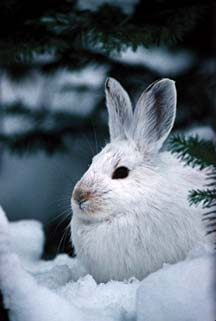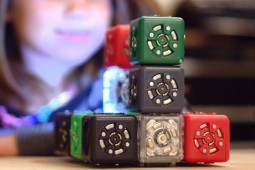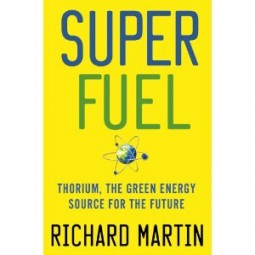
Thorium (start time 4:54). It sits at the bottom of the periodic table of elements, among its fellow radioactive substances, including uranium and plutonium. It’s called Thorium, named for the Norse god of thunder. Decades ago, uranium won out over thorium as the nuclear fuel of choice to power the world’s reactors. A new book makes the argument that it’s high time to revisit thorium as a way to wean ourselves off fossil fuels and deliver a safe energy source for the future. Co-host Susan Moran interviews the author, Richard Martin, a journalist and editorial director at Pike Research in Boulder. The book is called“Superfuel: Thorium, the Green Energy Source for the Future.”
Space Weather (start time 13:15). It has been said that “You don’t need a weatherman to know which way the wind blows.” However, you DO need a weather satellite and space researchers to know which way the solar wind blows, and if that solar wind will affect anything orbiting or on the Earth. So, today How On Earth co-host Joel Parker talks with Space Weatherman Joe Kunches, at NOAA’s National Weather Service, Space Weather Prediction Center in Boulder, Colo., to explain the Sun-Earth connection and why we should care about space weather forecasts. Kunches is a space scientist. Formerly he was Secretary of the International Space Environment Service. Kunches says he is in his fifth solar cycle in the space weather field.
Hosts: Susan Moran and Joel Parker
Producer: Shelley Schlender
Engineer: Jim Pullen
Executive Producer: Joel Parker
Listen to the show:
Podcast: Play in new window | Download (Duration: 24:40 — 22.6MB)
Subscribe: RSS

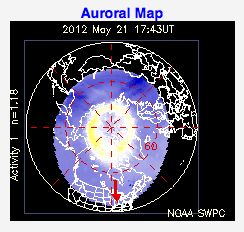




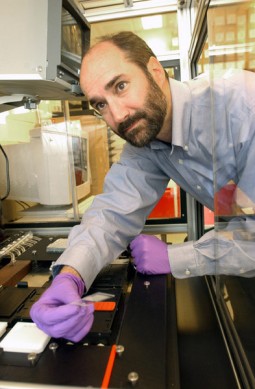
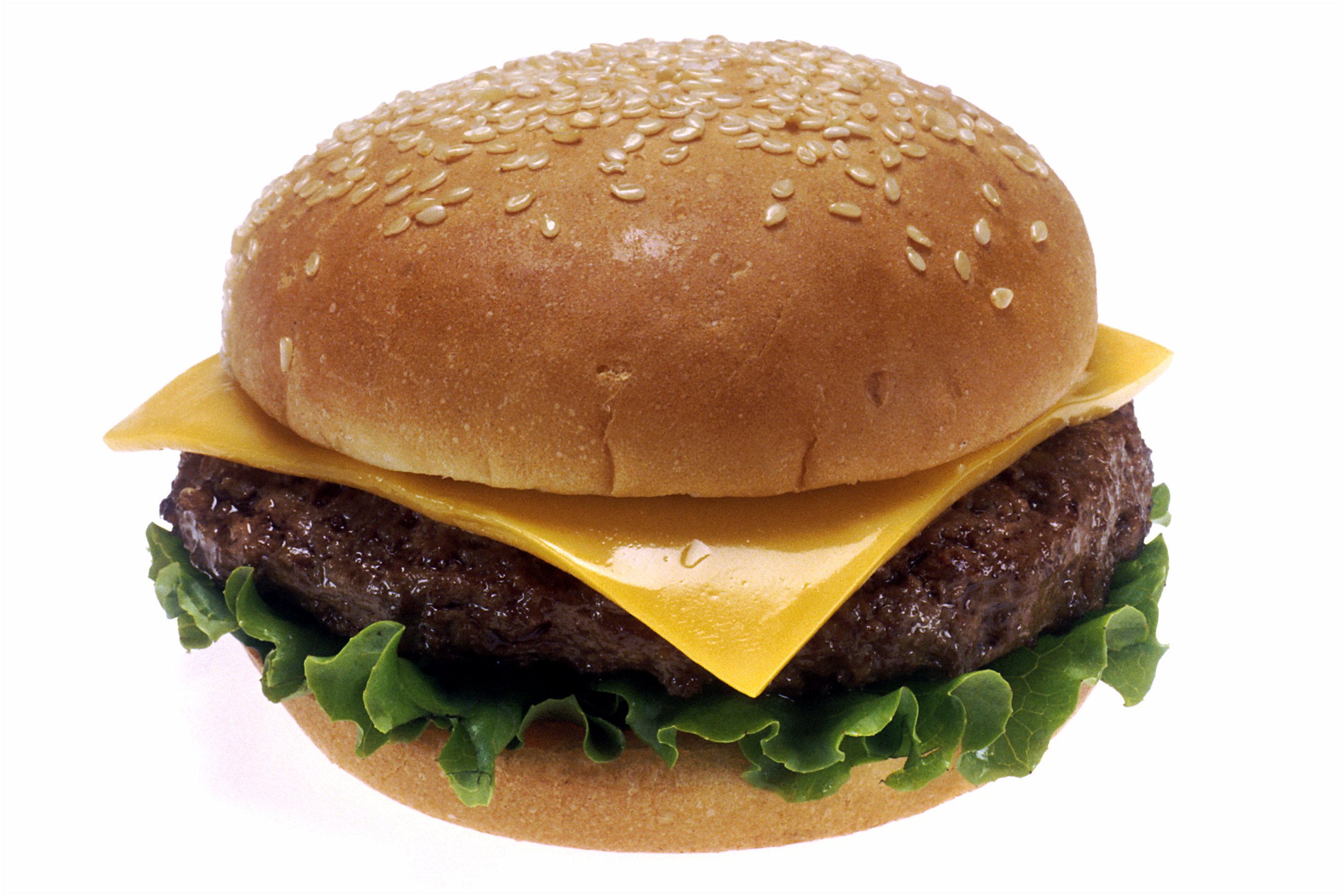
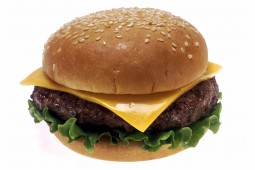
![Pesticides, Bees and Niwot Honey Farm’s Tom Theobald [extended version]](https://howonearthradio.org/wp-content/uploads/2012/03/Beekeeper-Tom-Theobald.jpg)

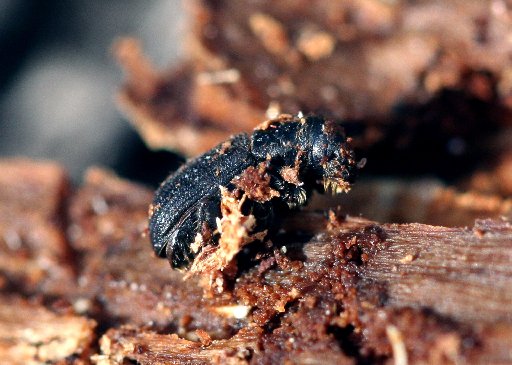

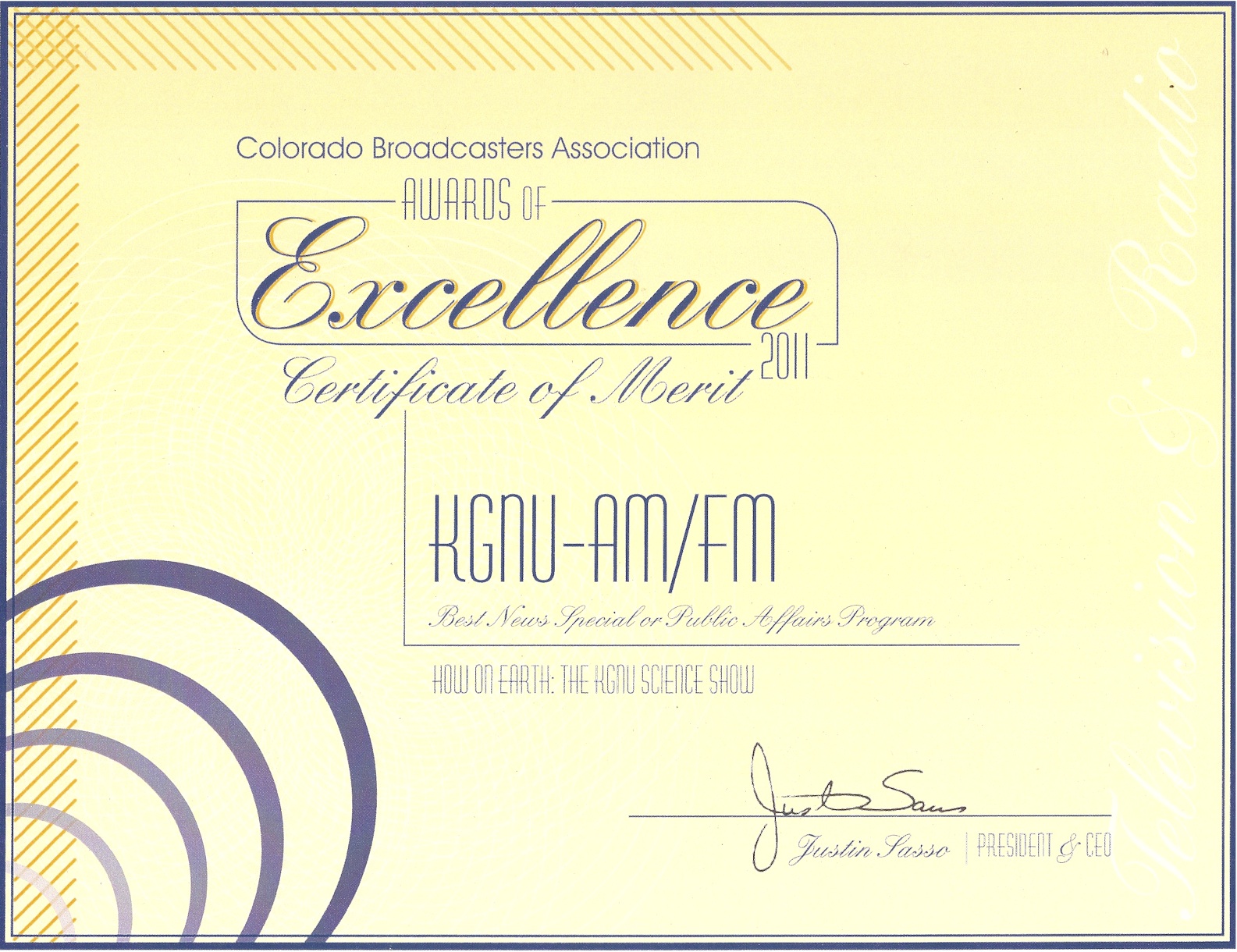
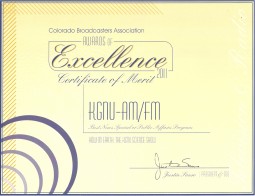
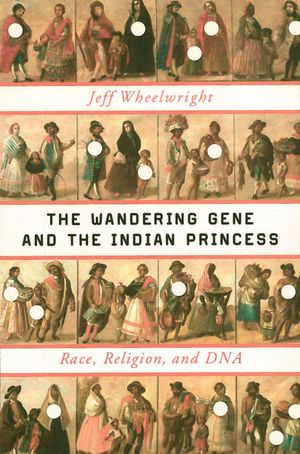
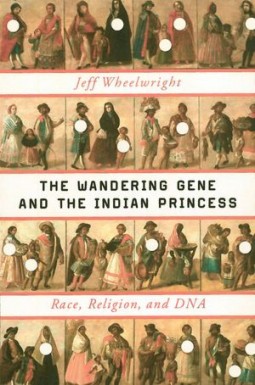
![Fukushima Cleanup [extended version]](https://howonearthradio.org/wp-content/uploads/2012/02/fukushima-radius-343x300.jpg)

![Leaky Natural Gas Wells [extended version]](https://howonearthradio.org/wp-content/uploads/2012/02/Weld-County-Gas-Wells-niobrara-EOG-Resources.jpg)

